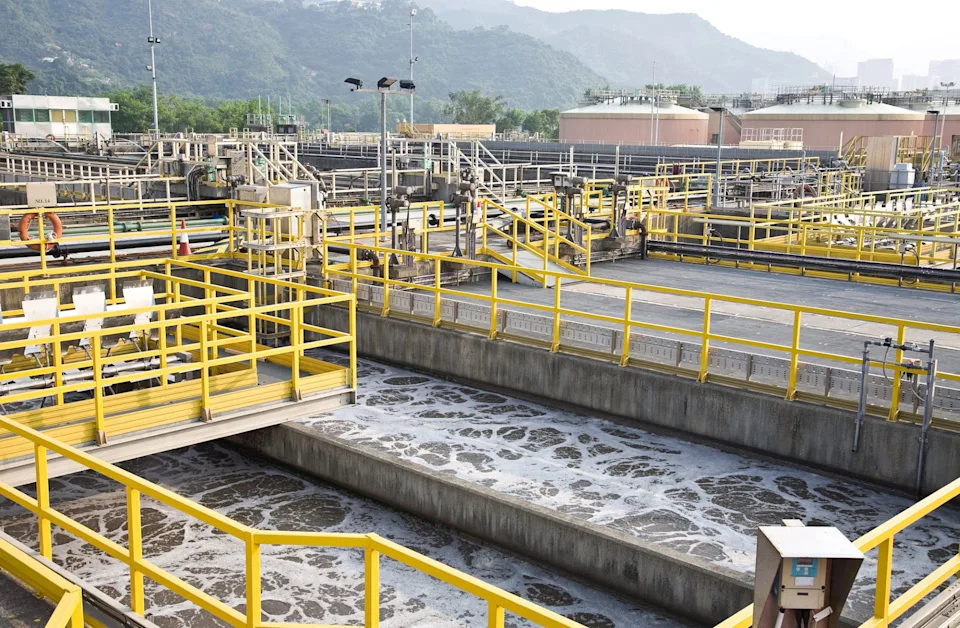Scientists make game-changing discovery while experimenting with wastewater: ‘A better alternative’

As billions of people continue to struggle to find access to proper sewage systems, scientists may have a revolutionary way to solve wastewater issues.
In a study published in the Journal of Applied Phycology, a team of researchers examined the potential use of high-rate algal ponds as a practical way for rural communities to treat and reuse wastewater.
Typically, regular high-rate algal ponds that are used to treat water still contain a high number of tiny algae, which can be difficult and expensive to remove.
The team from Flinders University in Adelaide, Australia, experimented with the growth of larger algae that are easier to separate from the water. It also operated the ponds like batch reactors, treating water in cycles rather than continuously.
Felipe Sabatté, Ph.D. candidate and co-author of the study, explained the breakthrough that the team discovered.
“While high-rate algal ponds are an accepted method of wastewater treatment, particularly for regional and rural communities, they utilize microalgae which are difficult to remove from the treated wastewater, leading to unacceptably high suspended solids in the discharge,” Sabatté said.
“These larger filamentous algae offer the prospect of easier separation from the treated wastewater, significantly improving treated effluent quality.”
This resulted in a lower amount of solids and organic pollution in the treated water while removing around 75% of ammonium.
Sam Butterworth, Ph.D. researcher and co-author of the study, noted the high potential for the team’s development.
“Algae-bacterial granule formation is a positive way for biofilms to form dense, fast-settling biomass and improve treated wastewater quality,’ Butterworth said.
“Using microalgae in high-rate algal ponds is increasingly seen as a better alternative to other wastewater treatment systems, such as activated sludge.”
While the algae-based water treatment system may still be a way away from widespread access, the research may pave the way for future development of the technology.
According to the World Health Organization, over three billion people still lack access to safely managed sanitation.
Cecilia Scharp, director of water, sanitation, and hygiene at the UNICEF, emphasized the need for proactive solutions regarding sanitation.
“When children lack access to safe water, sanitation, and hygiene, their health, education, and futures are put at risk,” Scharp said in a statement.
A lack of safely managed sanitation can lead to severe health issues as a result of infectious disease outbreaks like cholera. It can also cause malnutrition, childhood stunting, and increased infant mortality.
In most cases, poor sanitation greatly affects impoverished communities. This can ultimately create unhealthy environments contaminated by human waste.
“These inequalities are especially stark for girls, who often bear the burden of water collection and face additional barriers during menstruation,” added Scharp. “At the current pace, the promise of safe water and sanitation for every child is slipping further from reach — reminding us that we must act faster and more boldly to reach those who need it most.”
By developing novel methods to ensure proper sanitation, researchers can potentially improve the quality of life for billions of people worldwide.
Join our free newsletter for weekly updates on the latest innovations improving our lives and shaping our future, and don’t miss this cool list of easy ways to help yourself while helping the planet.


